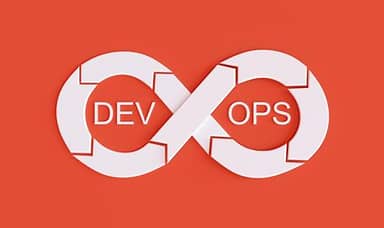Optimizing Your Docker Images with Multi-Stage Builds
In the world of containerization, Docker has become a popular tool for developers to package applications. However, one common issue arises when building images: they can become unnecessarily large. This is especially true for compiled languages, like Java, where the build tools and runtime environment are different. Fortunately, Docker multi-stage builds solve this problem. In […]
Optimizing Your Docker Images with Multi-Stage Builds Read More »





